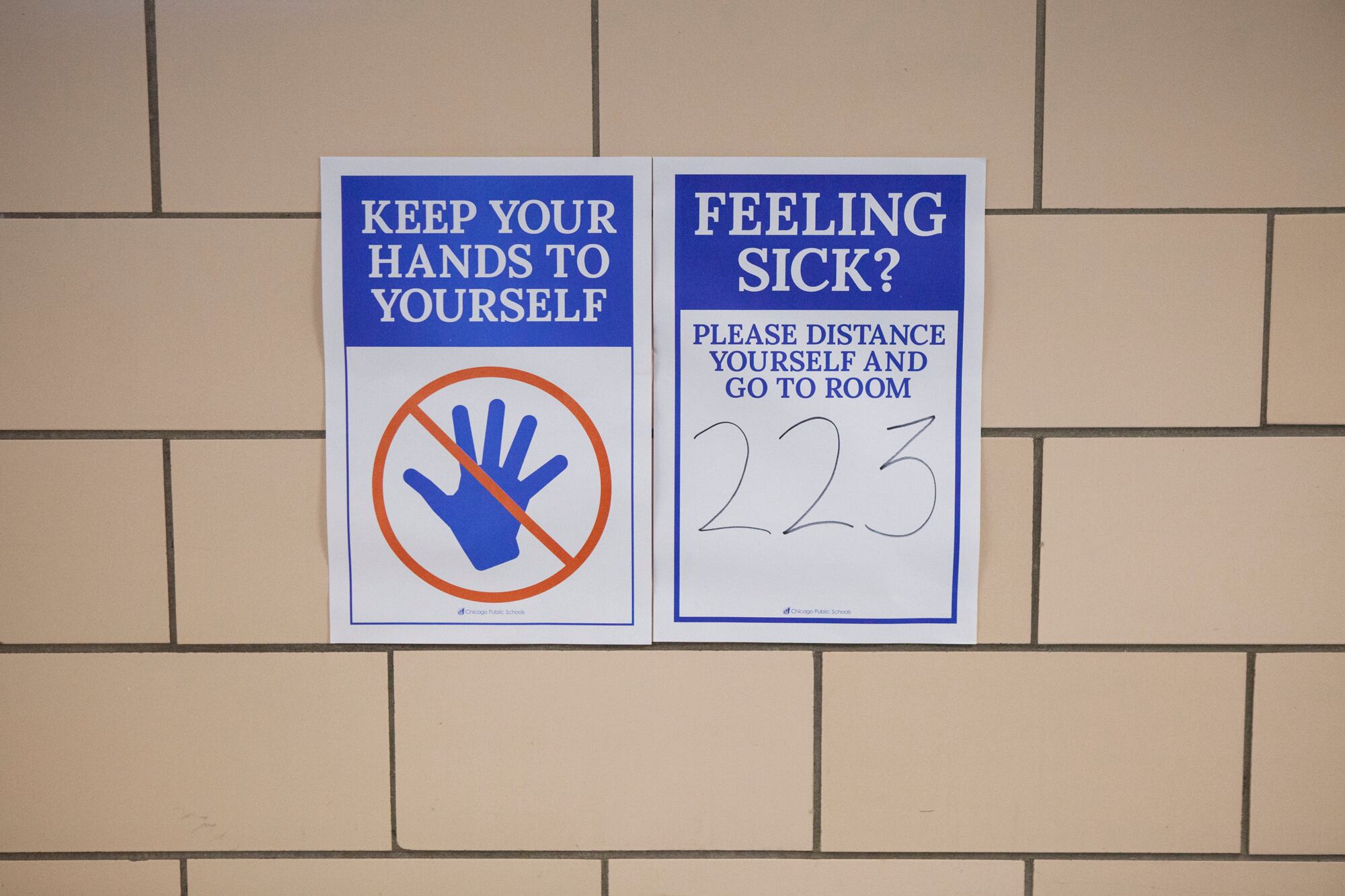Michigan schools are in line to receive roughly $1.65 billion in coronavirus relief from a federal aid package passed in December.
Critics of the aid formula worry that this round of funding will be even more inequitable than the last one because four times more money will be distributed through a controversial formula that accounts for district size and other factors that aren’t related to student poverty levels. That could leave smaller districts — even ones with high concentrations of poverty — more vulnerable to potential coronavirus-related budget cuts.
During the last round of coronavirus relief, much of the federal aid was routed through the state, which distributed the funds on a per pupil basis. In Michigan, as in many states, education funding increased this year with help from the federal aid, rather than the sharp decline predicted at the pandemic’s outset.
This time, the state government won’t receive anything (although the state’s department of education will receive roughly 10% of the school aid). That means that schools will receive far more money directly. Educators in Michigan worry that the state will cut budgets because it didn’t receive aid, leaving smaller districts that receive less aid especially vulnerable. The aid, which was announced Tuesday, is roughly equivalent to $1,100 per student. However, some districts will get much more than that, and many will get less — regardless of how many poor students they enroll.
Grand Rapids Public Schools is expected to receive $2,224 per student, while the Detroit Public Schools Community District will likely receive $6,740, and the Dearborn Heights School District $733 per pupil, according to an analysis by the Citizens Research Council, a nonpartisan Michigan think tank. In all three districts, 81% of students are considered economically disadvantaged.
Why does the formula spread the aid so unevenly? The federal COVID-19 aid for schools is being distributed using the same formula as Title I, the federal government’s largest school funding initiative. Title I experts have been arguing since last summer that the formula should not be used to distribute coronavirus aid.
Although the program aims to support students from low-income families, it doesn’t always achieve that goal. For instance, it sometimes routes more money to districts simply because they are larger, not because they have more poor students. Also, some states receive much more than others, and those states have managed to kill efforts to change the formula.
There are few limits on how schools can use the money, though they must plan to spend it by September 2023, according to the Citizens Research Council. Schools may spend the funds on technology to support remote instruction, mental health services, and summer or after-school programs.
While most of the money — about $1.5 billion — will go directly to school districts, about $166 million will be controlled by the Michigan Department of Education. Mark Greathead, superintendent of Woodhaven-Brownstown Schools and president of K-12 Alliance, an advocacy group, urged state officials to use their share of the funds to even out inequities created by the distribution formula.
“It’s critical that [state officials] quickly turn their share of the money around and distribute it to local schools on a simple per-pupil basis without strings attached to ensure that students, regardless of which school district they live in, are able to get the support they need,” he said in a statement.
Across the U.S., K-12 schools are slated to receive $54 billion in federal aid. Private schools are set to receive $2.8 billion subject to several restrictions, including that they can’t receive education aid and also apply for aid as small businesses.
Editor’s note: January 9, 2021: This story has been updated to show that schools must spend funds from the new round of federal aid by September 2023.





